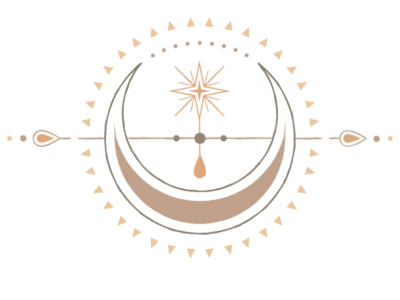Have you ever wondered why so many people start their day by checking their horoscopes or why astrology has endured through the ages? If you’ve ever been curious about the celestial art of astrology, you’re in for a treat. Let’s take a journey into the history of astrology, understand what it is, and explore its intriguing connection to the spiritual world.
A Glimpse into History
Astrology has a rich history that dates back to ancient civilizations. The origins of astrology can be traced to the Babylonians, who began developing astrological systems around the 2nd millennium BCE. They observed the movements of the planets and stars, linking them to events on Earth, and created the first known astrological charts.
From Babylon, astrology spread to ancient Egypt, where it was integrated with the culture’s deep spirituality. The Egyptians contributed significantly to astrological knowledge, particularly through their advancements in star maps and celestial calculations.
The Greeks were the next major influencers in the development of astrology. By the 4th century BCE, they had synthesized Babylonian and Egyptian astrology with their own philosophical insights, thanks to scholars like Ptolemy, whose work “Tetrabiblos” became a cornerstone of Western astrology.
Astrology continued to evolve, reaching its zenith during the Renaissance. Today, despite advances in science and technology, astrology remains popular, offering guidance and insight to those seeking to understand their place in the universe.
What is Astrology?
Astrology is the study of the movements and relative positions of celestial bodies interpreted as having an influence on human affairs and the natural world. It’s based on the idea that the positions of the planets and stars at the time of your birth can shape your personality, affect your behavior, and predict significant life events.
The most common form of astrology practiced today is natal astrology, which involves creating a birth chart (or natal chart) based on the exact time, date, and place of an individual’s birth. This chart is a map of the sky at the moment you were born and serves as a blueprint for understanding your unique cosmic fingerprint.
The Components of a Birth Chart
A birth chart consists of several key components:
The Zodiac Signs: The 12 zodiac signs (Aries, Taurus, Gemini, etc.) represent different personality traits and characteristics.
The Planets: Each planet (including the Sun and Moon) influences different aspects of your life. For example, Mercury governs communication, while Venus rules love and beauty.
The Houses: The birth chart is divided into 12 houses, each representing different areas of life, such as relationships, career, and home.
Aspects: These are the angles between planets in your chart, indicating how they interact and influence each other.
Astrology and the Spiritual World
Astrology’s connection to the spiritual world is profound and multifaceted. Here’s how astrology intersects with spirituality and can be used as a tool for spiritual growth:
Understanding the Self
One of the primary spiritual benefits of astrology is self-awareness. By examining your birth chart, you gain insights into your strengths, weaknesses, and potential life path. This self-knowledge can be empowering, helping you to align more closely with your true self and purpose.
Cosmic Connection
Astrology fosters a sense of connection to the universe. It reminds us that we are part of a larger cosmic pattern, with the stars and planets playing a role in our lives. This perspective can inspire a sense of wonder and a deeper appreciation for the interconnectedness of all things.
Guidance and Insight
Many people turn to astrology for guidance during challenging times. By understanding the astrological influences at play, you can navigate life’s ups and downs with greater clarity and confidence. Astrology can also provide insight into the timing of events, helping you to make informed decisions and seize opportunities.
Spiritual Practices
Astrology can be integrated into various spiritual practices. For example, you might use the phases of the Moon to guide your meditation or ritual work, aligning your intentions with the natural rhythms of the cosmos. Each zodiac sign also has associated elements, colors, and crystals that can enhance your spiritual practices.
Embracing Astrology in Everyday Life
Incorporating astrology into your daily life doesn’t have to be complicated. Here are a few simple ways to start:
Daily Horoscopes: Reading your daily horoscope can provide a quick glimpse into the astrological influences of the day.
Tracking the Moon: Pay attention to the phases of the Moon and how they affect your energy and emotions.
Birth Chart Exploration: Spend time learning about your birth chart. There are many online resources and apps that can help you decode the symbols and meanings.
Astrological Journaling: Keep a journal of your thoughts and experiences related to astrological events, such as retrogrades or eclipses.
Final Thoughts
Astrology is a fascinating blend of art, science, and spirituality. It offers a unique perspective on our lives and the universe, encouraging us to explore the deeper connections between ourselves and the cosmos. Whether you’re a skeptic or a seasoned astrologer, there’s always something new to discover in the stars.
So, the next time you look up at the night sky, remember that those twinkling lights are more than just distant suns—they’re part of a cosmic dance that has been guiding and inspiring humanity for millennia. Embrace the wisdom of astrology and let it illuminate your path in this vast, mysterious universe.




